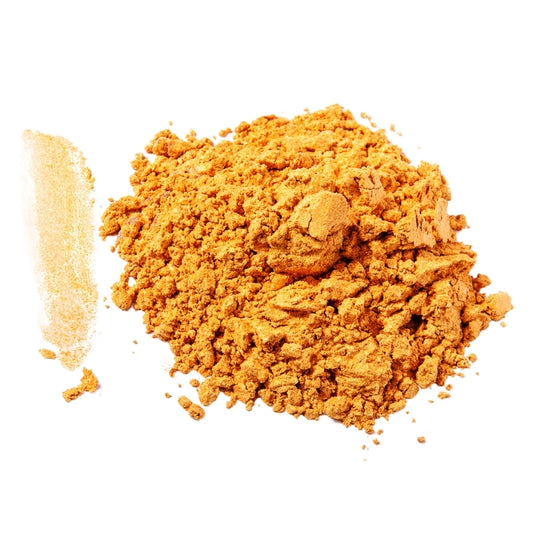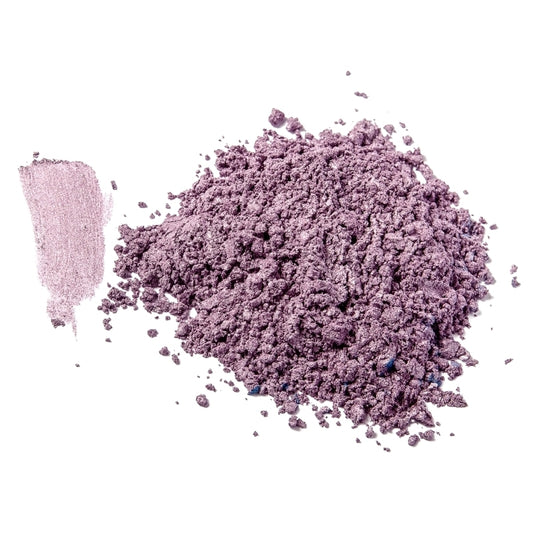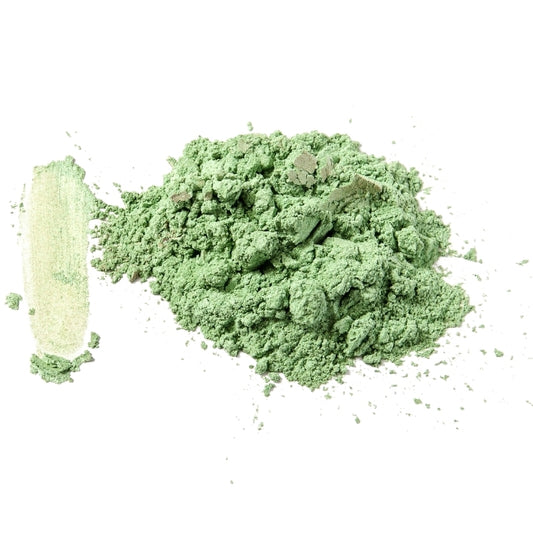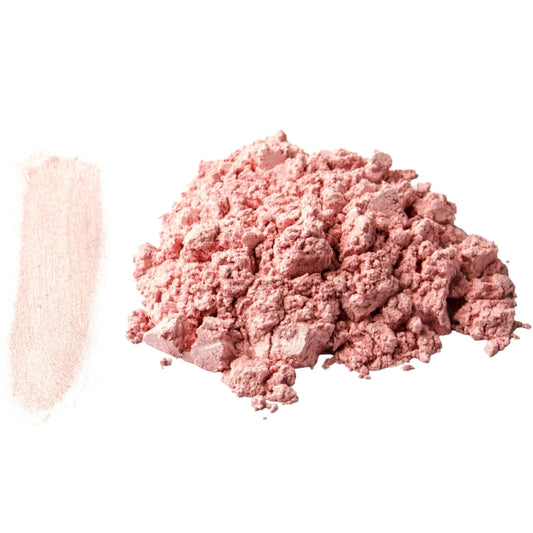
Quick Guide To Working With Mica Powders
Juliette van der MeerMicas powders are one of the recent additions to our store and they are super exciting! Now you can safely colour your products with a range of pearlescent colours that add shimmer and cheer.
Is Synthetic Mica better?
While we do offer natural colourants, our synthetic micas are made from heavy-metal free mica and coloured with oxide pigments. Synthetic micas are nature identical to the mica found in the ground, except that by being produced in a lab they are actually far more eco friendly, safer, and of course not mined at all - so unethical labour practices are not a concern.
How are coloured mica powders made?
Mica is coated with titanium dioxide to create a shimmer effect. When light hits titanium dioxide it bounces off and gives a rainbow effect, in the same way light hitting a prism creates a rainbow. Depending on how many times the mica is coated, different shades can be achieved. A total of seven different colours (the seven colours of the rainbow) can be created, and then after that the coating layers create deeper shades each time. Depending on how coarse or fine the mica is, it will produce different effects, levels of shimmer, and colours.
What can I do with mica powders?
With micas you can colour all kinds of products from soaps and bath bombs to body washes, shampoos, hand washes, and even makeup items like eye shadows, lip glosses, highlighters etc.
Are micas water soluble?
Our mica powders are not water soluble but they can lightly colour the water; the rest of the mica powder will fall out of solution.
Are they oil soluble?
Yes, our micas are oil soluble.
Do micas work in surfactants?
Yes! You can make wonderfully coloured bubbly products using surfactants and micas.
Do they work with isopropyl alcohol?
Micas are dispersible in alcohol but not soluble.
Can I use mica powders to colour bath bombs?
Micas are fantastic for colouring bath bombs as there are a range of exciting colours to choose from.





















4 comments
Hi Judy, we have a few green micas! Check them out here: https://essentiallynatural.co.za/collections/mica-powders
I am interested in trying your mica colours. i need green – so either a blue and yellow mix or a green? do you do samples? i am Cape Town Based.
Hi, our mica powders are synthetic micas so they are produced in a lab and aren’t mined at all :) this makes them ethical and much safer as well as more environmentally friendly.
I’ve heard mica can be mined in dangerous conditions by children, is your mica mined ethically?